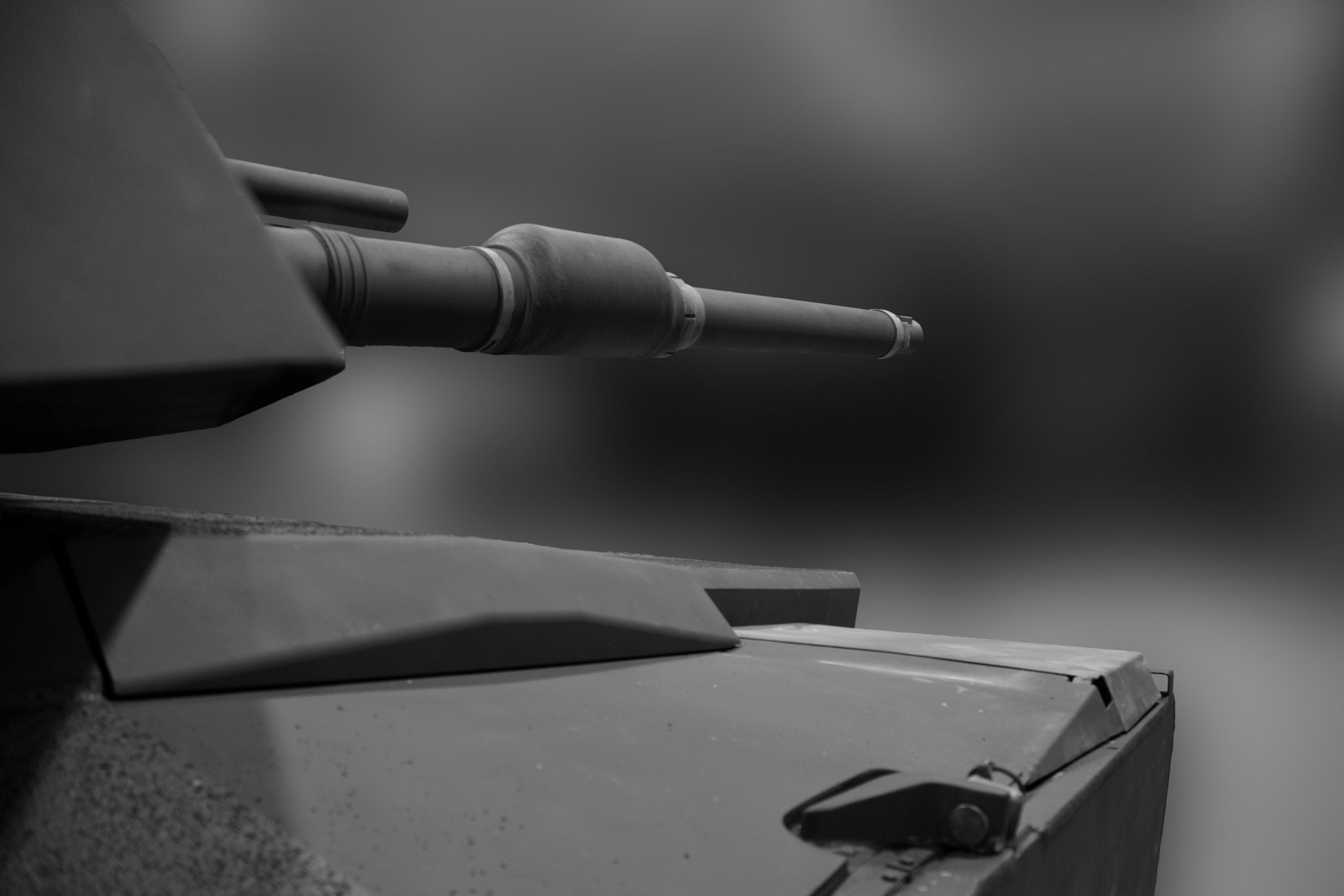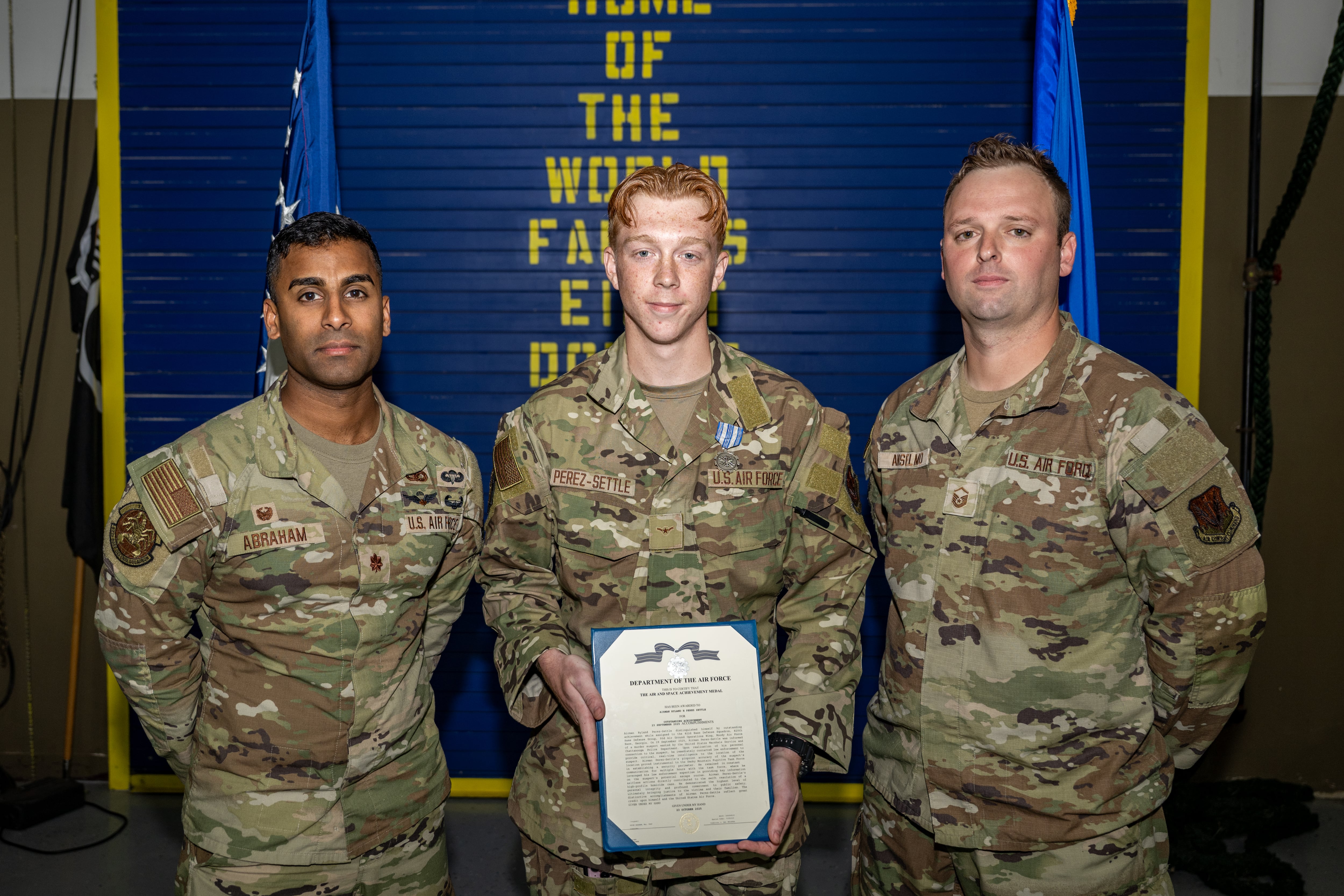A Marine KC-130 aircraft that took off from Marine Corps Air Station Cherry Point, North Carolina, crashed Monday afternoon in Mississippi, killing 16 service members, a Marine Corps spokesman said on Tuesday.
“The identities of the service members whose lives were lost in this tragic accident are being withheld to allow time for their loved ones to be notified,” said Marine Maj. Clark Carpenter in a statement Tuesday morning. “While the details of the incident are being investigated, our focus remains on providing the necessary resources and support to the family and friends of these service members as they go through this extremely difficult time.”
The cause of Monday’s crash is unknown and the incident is under investigation, Carpenter said. The plane went down in LeFlore County. Federal Aviation Administration officials contacted the Marine Corps when it disappeared from radar.
Although Marine officials have not publicly identified which unit the KC-130 was from, a person familiar with the situation told Marine Corps Times that some of the Marines came from Marine Aerial Refueler Transport Squadron 452 (VMGR-452) in New York. Several people have posted messages on Facebook indicating the same.
The reserve unit is based at Stewart Air National Guard Base, about 60 miles north of New York City. VMGR-452 flies KC-130s that are modified to provide aerial refueling capabilities.
The crash appears to be one of the deadliest Marine aviation mishaps in recent memory and comes at a time of intense concern about the readiness and condition of the Corp's aviation fleet. Top Marine officials say the Corps has suffered a severe lack of experienced maintainers in recent years.
The FBI is also investigating the crash, official said.
Leflore County Emergency Management Agency Director Frank Randle told reporters at a late briefing that 16 bodies had been recovered after the KC-130 spiraled into the ground about 85 miles north of Jackson in the Mississippi Delta.
Andy Jones said he was working on his family's catfish farm just before 4 p.m. when he heard a boom and looked up to see the plane corkscrewing downward with one engine smoking.
“You looked up and you saw the plane twirling around," he said. “It was spinning down.”
Jones said the plane hit the ground behind some trees in a soybean field, and by the time he and other reached the crash site, fires were burning too intensely to approach the wreckage. The force of the crash nearly flattened the plane, Jones said.
“Beans are about waist-high, and there wasn’t much sticking out above the beans," he said.
Jones said a man borrowed his cellphone to report to authorities that there were bodies across U.S. Highway 82, more than a mile from the crash site.
Greenwood Fire Chief Marcus Banks told the Greenwood Commonwealth that debris from the plane was scattered in a radius of about 5 miles.
Jones said firefighters tried to put out the fire at the main crash site but withdrew after an explosion forced them back. The fire produced towering plumes of black smoke visible for miles across the flat region and continued to burn after dusk, more than four hours after the crash.
Aerial pictures taken by WLBT-TV showed the skeleton of the plane burning strongly.
"It was one of the worst fires you can imagine,” Jones said. He said the fire was punctuated by the pops of small explosions.
Officials did not release information on what caused the crash or where the flight originated.
Marine Corps Times reporter Mackenzie Wolf and The Associated Press contributed to this story.




